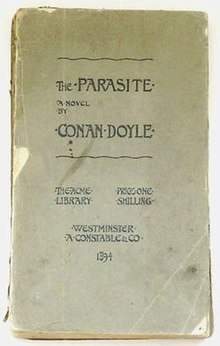Miss Jane Marple is a fictional character in Agatha Christie's crime novels and short stories. Miss Marple lives in the village of St Mary Mead and acts as an amateur consulting detective. Often characterised as an elderly spinster, she is one of Christie's best-known characters and has been portrayed numerous times on screen. Her first appearance was in a short story published in The Royal Magazine in December 1927, "The Tuesday Night Club", which later became the first chapter of The Thirteen Problems (1932). Her first appearance in a full-length novel was in The Murder at the Vicarage in 1930, and her last appearance was in Sleeping Murder in 1976.
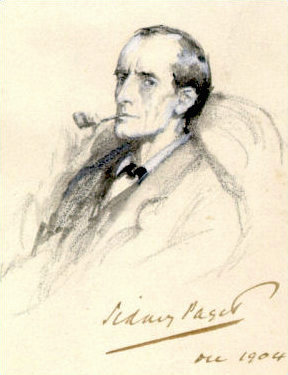
Sherlock Holmes is a fictional detective created by British author Arthur Conan Doyle. Referring to himself as a "consulting detective" in his stories, Holmes is known for his proficiency with observation, deduction, forensic science and logical reasoning that borders on the fantastic, which he employs when investigating cases for a wide variety of clients, including Scotland Yard.

The Mysterious Affair at Styles is the first detective novel by British writer Agatha Christie, introducing her fictional detective Hercule Poirot. It was written in the middle of the First World War, in 1916, and first published by John Lane in the United States in October 1920 and in the United Kingdom by The Bodley Head on 21 January 1921.

A Study in Scarlet is an 1887 detective novel by British writer Arthur Conan Doyle. The story marks the first appearance of Sherlock Holmes and Dr. Watson, who would become the most famous detective duo in English literature. The book's title derives from a speech given by Holmes, a consulting detective, to his friend and chronicler Watson on the nature of his work, in which he describes the story's murder investigation as his "study in scarlet": "There's the scarlet thread of murder running through the colourless skein of life, and our duty is to unravel it, and isolate it, and expose every inch of it."
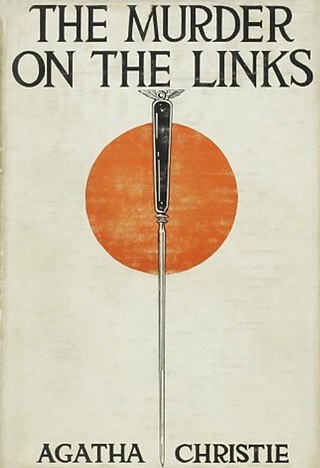
The Murder on the Links is a work of detective fiction by Agatha Christie, first published in the US by Dodd, Mead & Co in March 1923, and in the UK by The Bodley Head in May of the same year. It is the second novel featuring Hercule Poirot and Arthur Hastings. The UK edition retailed at seven shillings and sixpence (7/6), and the US edition at $1.75.

William Hooker Gillette was an American actor-manager, playwright, and stage manager in the late 19th and early 20th centuries. He is best remembered for portraying Sherlock Holmes on stage and in a 1916 silent film.
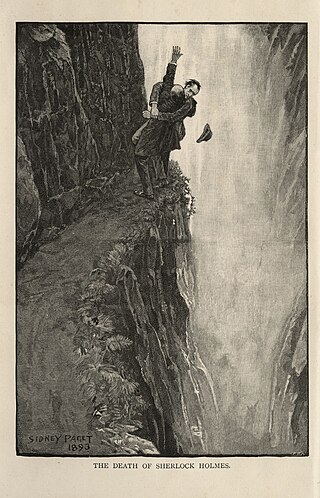
"The Final Problem" is a short story by Sir Arthur Conan Doyle featuring his detective character Sherlock Holmes. It was first published in The Strand Magazine in the United Kingdom, and McClure's in the United States, under the title "The Adventure of the Final Problem" in December 1893. It appears in book form as part of the collection The Memoirs of Sherlock Holmes.

Death on the Nile is a work of detective fiction by British writer Agatha Christie, published in the UK by the Collins Crime Club on 1 November 1937 and in the US by Dodd, Mead and Company the following year. The UK edition retailed at seven shillings and sixpence (7/6)(equivalent to £31 in 2023) and the US edition at $2.00 . The book features the Belgian detective Hercule Poirot. The action takes place in Egypt, mostly on the River Nile. The novel is unrelated to Christie's earlier (1933) short story of the same name, which featured Parker Pyne as the detective.

The Valley of Fear is the fourth and final Sherlock Holmes novel by British writer Arthur Conan Doyle. It is loosely based on the Molly Maguires and Pinkerton agent James McParland. The story was first published in the Strand Magazine between September 1914 and May 1915. The first book edition was copyrighted in 1914, and it was first published by George H. Doran Company in New York on 27 February 1915, and illustrated by Arthur I. Keller.

Detective Inspector G. Lestrade is a fictional character appearing in the Sherlock Holmes stories written by Arthur Conan Doyle. Lestrade's first appearance was in the first Sherlock Holmes story, the 1887 novel A Study in Scarlet. His last appearance is in the 1924 short story "The Adventure of the Three Garridebs", which is included in the collection The Case-Book of Sherlock Holmes.

"The Adventure of the Cardboard Box" is one of the 56 short Sherlock Holmes stories written by Sir Arthur Conan Doyle. The story was first published in The Strand Magazine in the United Kingdom in January 1893, and in Harper's Weekly in the United States on 14 January 1893. It is the second of twelve stories collected in The Memoirs of Sherlock Holmes in most British editions of the canon, and the second of the eight stories from His Last Bow in most American versions.
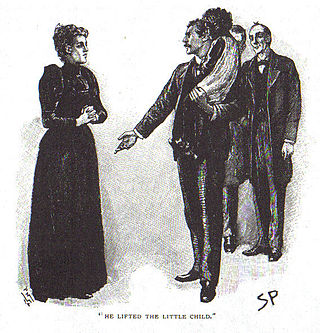
"The Adventure of the Yellow Face", one of the 56 short Sherlock Holmes stories written by Sir Arthur Conan Doyle, is the third tale from The Memoirs of Sherlock Holmes. It was first published in The Strand Magazine in the United Kingdom in February 1893, and in Harper's Weekly in the United States on 11 February 1893.

"The Adventure of the Crooked Man", one of the 56 Sherlock Holmes short stories written by Sir Arthur Conan Doyle, is one of 12 stories in the cycle collected as The Memoirs of Sherlock Holmes. It was first published in The Strand Magazine in the United Kingdom in July 1893, and in Harper's Weekly in the United States on 8 July 1893.

"The Adventure of the Naval Treaty", one of the 56 Sherlock Holmes short stories written by Sir Arthur Conan Doyle, is one of 12 stories in the cycle collected as The Memoirs of Sherlock Holmes. It was first published in The Strand Magazine in the United Kingdom in October and November 1893, and in Harper's Weekly in the United States on 14 and 21 October 1893.
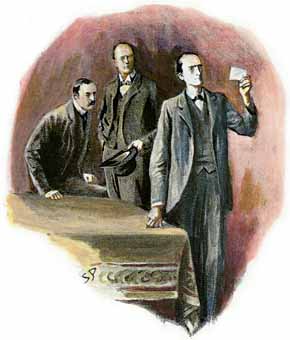
"The Adventure of the Dancing Men" is a Sherlock Holmes story written by Sir Arthur Conan Doyle as one of 13 stories in the cycle published as The Return of Sherlock Holmes in 1905. It was first published in The Strand Magazine in the United Kingdom in December 1903, and in Collier's in the United States on 5 December 1903.

The Adventures of Sherlock Holmes is a 1939 American mystery adventure film based on Sir Arthur Conan Doyle's Sherlock Holmes detective stories. Although claiming to be an adaptation of the 1899 play Sherlock Holmes by William Gillette, the film bears little resemblance to the play.

And Then There Were None is a mystery novel by the English writer Agatha Christie, who described it as the most difficult of her books to write. It was first published in the United Kingdom by the Collins Crime Club on 6 November 1939, as Ten Little Niggers, after an 1869 minstrel song that serves as a major plot element. The US edition was released in January 1940 with the title And Then There Were None, taken from the last five words of the song. Successive American reprints and adaptations use that title, though American Pocket Books paperbacks used the title Ten Little Indians between 1964 and 1986. UK editions continued to use the original title until 1985.

Sir Arthur Ignatius Conan Doyle was a British writer and physician. He created the character Sherlock Holmes in 1887 for A Study in Scarlet, the first of four novels and fifty-six short stories about Holmes and Dr. Watson. The Sherlock Holmes stories are milestones in the field of crime fiction.

Sherlock Holmes is a four-act play by William Gillette and Sir Arthur Conan Doyle, based on Conan Doyle's character Sherlock Holmes. After three previews it premiered on Broadway November 6, 1899, at the Garrick Theatre in New York City.
In Agatha Christie's mystery novels, several characters cross over different sagas, creating a fictional universe in which most of her stories are set. This article has one table to summarize the novels with characters who occur in other Christie novels; the table is titled Crossovers by Christie. There is brief mention of characters crossing over in adaptations of the novels. Her publications, both novels and short stories, are then listed by main detective, in order of publication. Some stories or novels authorised by the estate of Agatha Christie, using the characters she created, and written long after Agatha Christie died, are included in the lists.
